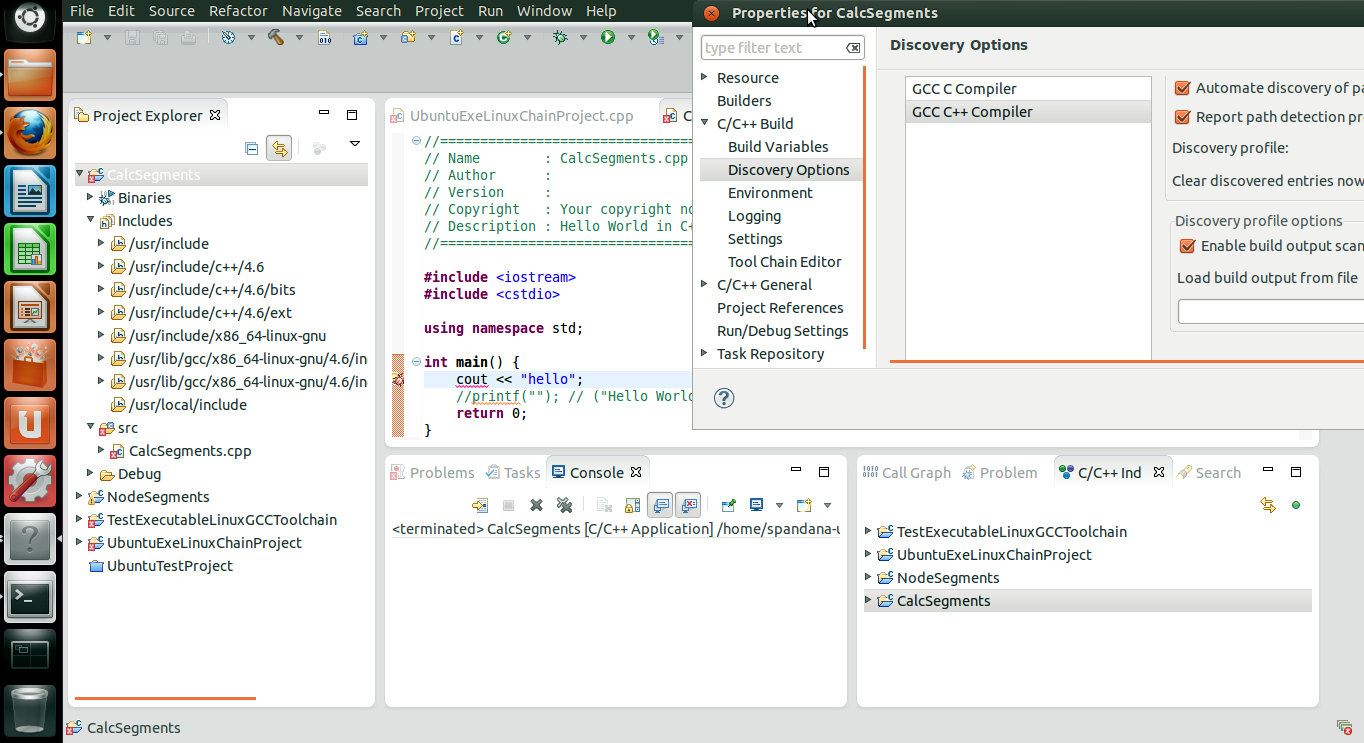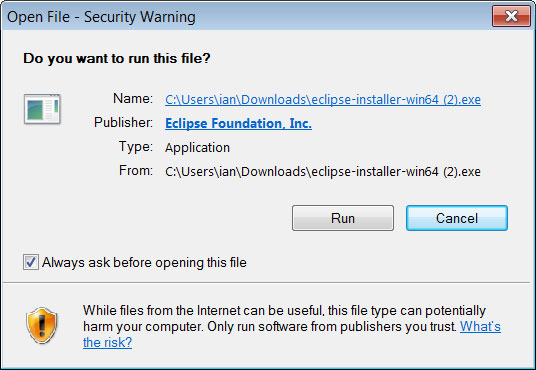

- #Eclipse for c on mac full#
- #Eclipse for c on mac license#
- #Eclipse for c on mac plus#
- #Eclipse for c on mac mac#
If you’re using Docker to stand up your queue manager, MQ console should already be configured. You can use MQ Console in your browser to check whether the message has made it onto a queue. Viewing messages in MQ Console in a browser You can either use the MQ Console in a browser or you can use the MQ Explorer. So, you have a queue manager, and you’ve managed to put some messages on a queue, but you’d like to check whether the message made it onto a queue. Check that my messages made it onto a queue If you are familiar with MQ, you will find the packaged samples in: There are instructions in the readme docs for each language.
#Eclipse for c on mac mac#
We figured you already know you can develop on a Mac if you’re using JMS, so we’ve provided libraries for JMS on Maven for a while now. Then, take a look at this IBM Messaging samples and patterns GitHub repository and try the Python, Node.js or Golang samples. If you don’t have them set up already, complete the steps in the “Get an IBM MQ queue for development in a container” tutorial, or provision one in IBM Cloud by completing the steps in the “Get an IBM MQ queue for development in IBM Cloud” tutorial. Try some of the sample applicationsīefore you can try a sample application, you need to stand up a queue manager and a queue.

You can change the default directory of the data path, by using the MQ_OVERRIDE_DATA_PATH environment variable however, you must create the directory first. The default data path is $HOME/IBM/MQ/data. The MacOS Toolkit needs a data folder for errors and other files.
#Eclipse for c on mac plus#
You should see the MQ version number, plus some other data, for example the installation path. You can test that the toolkit works by running dspmqver in a terminal. pkg file and follow the installation steps.Īdd the location of the bin directories to the PATH, by editing /etc/paths. Set up the MacOS ToolkitĪfter downloading the toolkit to your Mac, double-click on the downloaded.
#Eclipse for c on mac license#
#Eclipse for c on mac full#



 0 kommentar(er)
0 kommentar(er)
